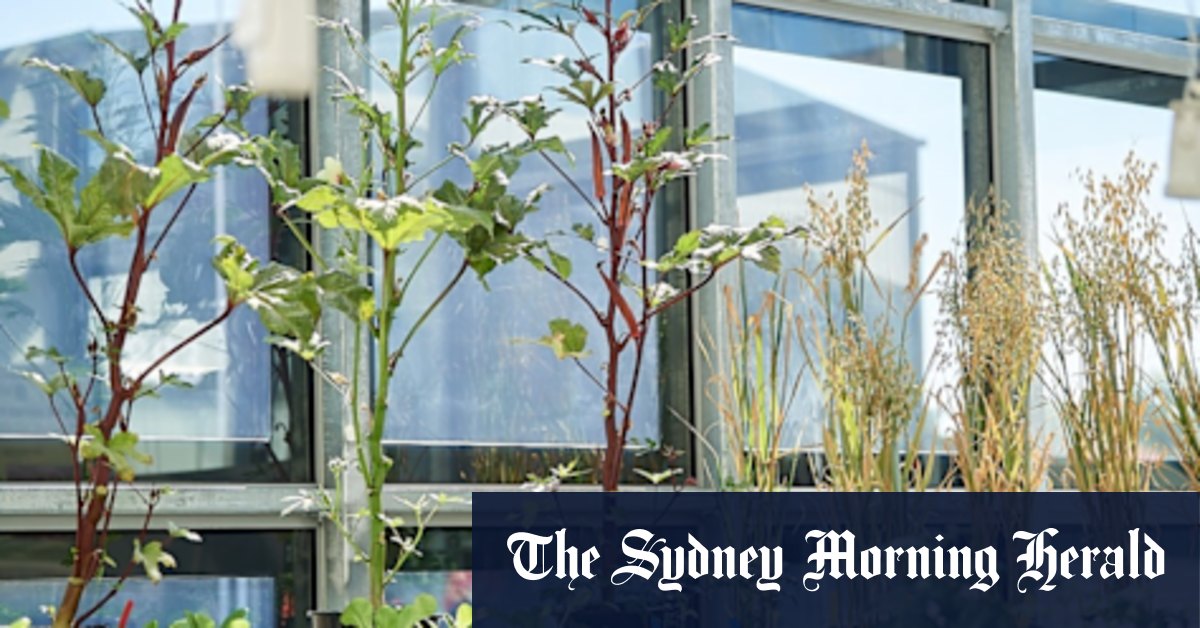Future-Proofing Airport Security: TSA Unveils Cutting-Edge VR Tech for Enhanced Screening

The Transportation Security Administration (TSA) is taking a giant leap into the future of airport security with the unveiling of groundbreaking virtual reality (VR) technology. This innovative approach promises to revolutionise how officers screen passengers and detect potential threats, offering a more efficient, accurate, and potentially safer experience for everyone.
Forget traditional methods – the TSA's new system leverages a suite of advanced technologies, including VR headsets, haptic gloves, and touchless sensors. The core concept revolves around simulating the feeling of touch within a virtual environment. Officers will be able to “feel” the contours and textures of luggage and packages without physically handling them, significantly reducing the risk of exposure to hazardous materials and streamlining the screening process.
How Does the VR Technology Work?
Imagine an officer wearing a VR headset, looking at a virtual representation of a suitcase. Using haptic gloves, they can “reach out” and virtually feel the contents, identifying anomalies or suspicious items. Touchless sensors add another layer of precision, allowing for non-contact scanning and analysis. This combination creates a highly immersive and detailed virtual inspection.
The system isn't just about mimicking the sense of touch; it’s about enhancing it. VR allows for the creation of scenarios and simulations that are difficult or impossible to replicate in the real world. Officers can practice identifying concealed weapons, explosives, or other prohibited items in a safe and controlled environment, improving their skills and response times.
Benefits of VR in Airport Security
- Enhanced Threat Detection: The system's ability to simulate and analyse objects in detail improves the chances of identifying hidden threats.
- Increased Officer Safety: Minimising physical contact reduces the risk of exposure to potentially dangerous substances.
- Improved Efficiency: Faster and more accurate screening processes can reduce wait times for passengers.
- Realistic Training: VR simulations provide officers with invaluable training opportunities, preparing them for a wide range of security scenarios.
- Reduced Fatigue: The virtual nature of the inspection can reduce physical strain on officers, leading to improved performance and reduced fatigue.
Looking Ahead
While still in the development and testing phase, the TSA's VR technology represents a significant investment in the future of airport security. It’s a move towards a more proactive and technologically advanced approach to protecting travellers and ensuring the safety of our airports. The rollout of this technology will likely be gradual, starting with pilot programs at select airports before wider implementation. As the technology matures, we can expect even more sophisticated features and capabilities, further transforming the landscape of airport security.
The TSA's commitment to innovation demonstrates a willingness to adapt to evolving threats and embrace new technologies to keep our skies safe. This VR initiative is a testament to that dedication, promising a future where airport security is more effective, efficient, and secure than ever before.






